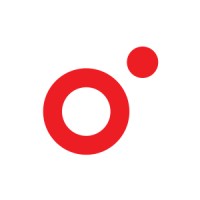
Free
Trublion historique des Télécoms, Free reste un opérateur pas comme les autres. Nous continuons de nous distinguer de nos concurrents par nos produits, par notre politique tarifaire ou encore par le ton employé avec nos abonnés. Cette différence a aussi construit la grande entreprise que nous sommes devenus, qui réunit aujourd’hui plus de 11 500 collaborateurs. Elle a fait de nous un employeur… pas comme les autres.






